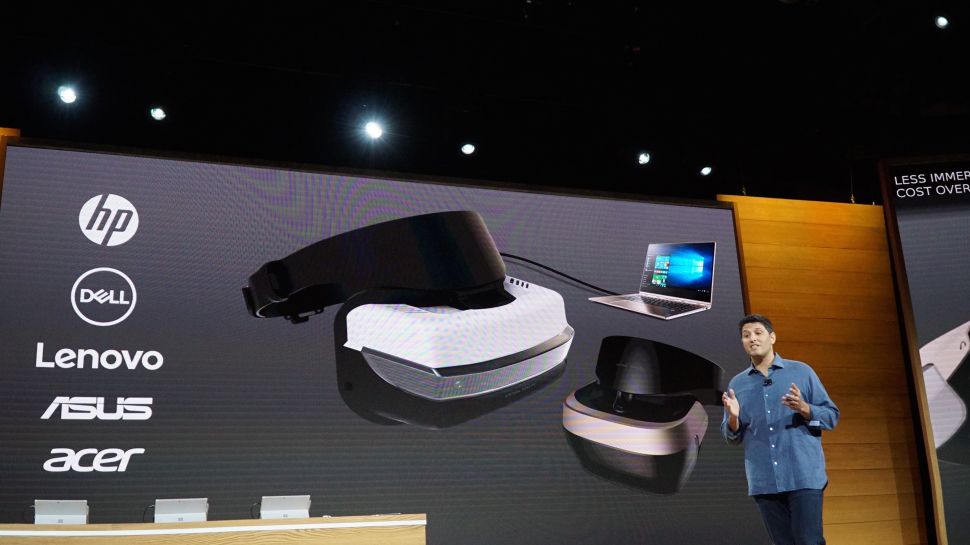These are the minimum specs for the Windows 10 VR headsets
Latest Windows update spills the beans

Though Windows may well be the lead platform for VR experiences outside of Sony's PlayStation VR push, it's only since this month's Surface event that it began to lay down its own supporting framework with news of its Windows Holographic VR platform.
While the HTC Vive and the Oculus Rift have their own software platforms to support their headsets, next year's Windows Creators Update will set the table for hardware from HP, Dell, Lenovo and other nascent VR manufacturers.
And now we now the minimum specs any PC paired with those forthcoming headsets will need to hit.
- Many of 2016's best hybrid laptops meet these requirements
Merciful minimums
The latest builds of Windows 10 include the "Windows Holographic First Run" application, which is designed to ensure a user has a machine meeting the requirements of the VR headsets before splashing the cash. And they're mercifully basic.
To get onboard with Windows VR, you'll simply need:
- 4GB RAM
- A DirectX 12 compatible GPU
- A 4-core CPU (including dual-core processors with hyperthreading)
- A USB 3.0 port
...and that's about it.
Now, it has to be remembered that this will be lowest-common denominator stuff - you're not going to enter the Matrix with those specs.
Sign up for breaking news, reviews, opinion, top tech deals, and more.
But it's a clear indication of how far reaching Microsoft intends - and expects - its foray into virtual reality to be. It's already sewn up working on a desktop - it looks like Microsoft wants to make sure Windows is in every virtual office, too.
- Find out if the Surface Pro 4 has what it takes to handle VR

Gerald is Editor-in-Chief of Shortlist.com. Previously he was the Executive Editor for TechRadar, taking care of the site's home cinema, gaming, smart home, entertainment and audio output. He loves gaming, but don't expect him to play with you unless your console is hooked up to a 4K HDR screen and a 7.1 surround system. Before TechRadar, Gerald was Editor of Gizmodo UK. He was also the EIC of iMore.com, and is the author of 'Get Technology: Upgrade Your Future', published by Aurum Press.